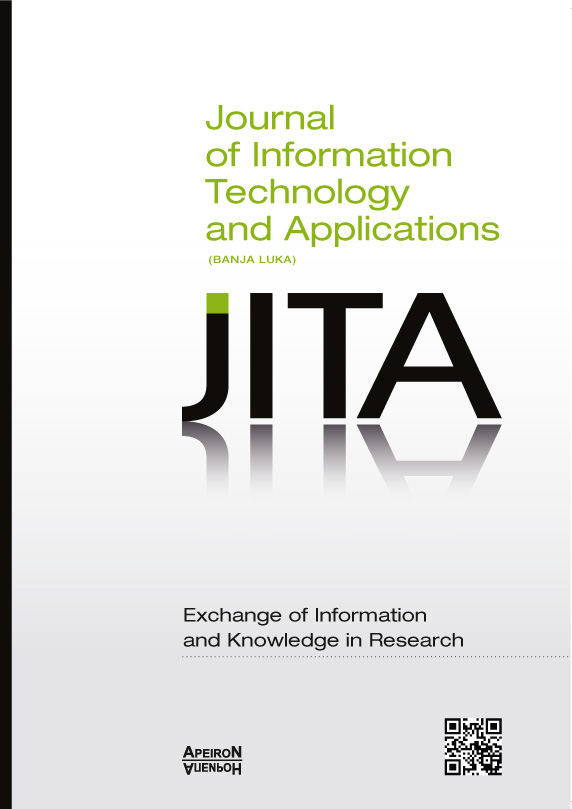DDLM - Quality Standard for Electronic Education Programs in Higher Education of Bosnia and Herzegovina
DOI:
https://doi.org/10.7251/JIT1902067TAbstract
The Web-based technological revolution has brought new teaching opportunities and concepts. This expands the range of educational opportunities based on new digital technologies, while certain obstacles and dangers appear that this type of education brings with it at the same time. Electronic education systems should be flexible and it would be ideal if able to meet the specific needs of each student individually. On the other hand, it is extremely important to standardize teaching electronic content, define all vertical and horizontal processes in the electronic education system, and set quality standards that must be respected. Higher education institutions must take an active part in the development and implementation of information technologies in teaching processes. DDLM (Demand-Driven Learning Model) clearly defines the structure of Web-based teaching delivery, so that it essentially defines the quality standard of e-learning programs based on Web technologies. The problem of non-standardization of electronic educational content, poorly defined processes in the system, such as the delivery of electronic content, control activities, personalization or irregular updates, is present everywhere in the world, and so with us. The research conducted in this paper examines the population of students of higher years of study, as well as students of the second and third cycle of study at 5 universities in Bosnia and Herzegovina, in order to get a clear picture of the current state of electronic education in our country. The survey was conducted on 565 students between October 2016 and January 2017. Following the methodology of scientific research, the empirical research was primarily conducted through a survey questionnaire, where primary quantitative data were stored in a database and further analysed, after which we reached the relevant scientific knowledge.
